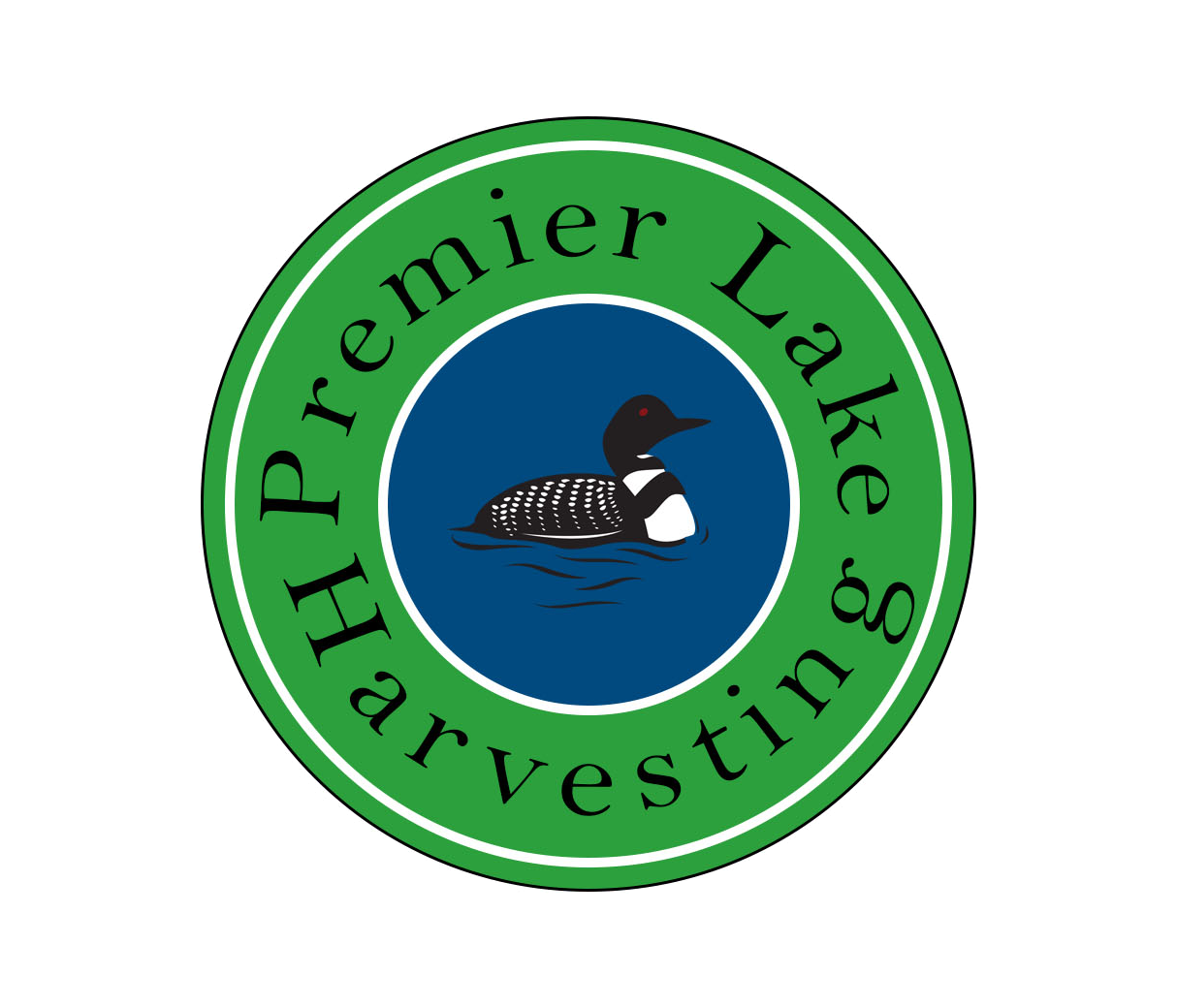Where we've been this week
The Premier Lake Harvesting crew made their way around Lake Minnetonka in the past week working in West Arm Bay, Brown’s Bay, Excelsior Bay, Smith’s Bay, North Arm Bay, Cook’s Bay, Crystal Bay and Black Lake. Our team also travelled to and completed jobs at Mill Pond in Edina and Mitchell Lake in Eden Prairie.
What we experienced
The heat waves we’ve been experiencing this month are officially over. Cooler weather moved in this week, but the water in Lake Minnetonka is still at its warmest at this time of the year. We experienced a spike in Eurasian watermilfoil growth, specifically in Black Lake. The Premier Lake Harvesting team also came across a lot of duckweed and floating weeds this week around Lake Minnetonka. Our crew had some jobs with a lot of coontail growth on the properties; unfortunately, some of our crew members got some pretty bad coontail rash, but it served as a good reminder to get rid of coontail on shorelines before it becomes problematic for swimming and recreation.
What to look out for
Look out for lowering water levels. It’s good to pay attention to the water levels throughout the entire season based on droughts or large amounts of rain. Depending on higher or lower levels, it’s important to raise or lower boat and Jet Ski lifts to avoid potential damage to watercrafts.
Weekly advice
Get your water recreation in now! This Labor Day weekend is the perfect opportunity to enjoy the final days of summer with friends and family. We’ll see you out on Lake Minnetonka this weekend celebrating summer’s last kick!






